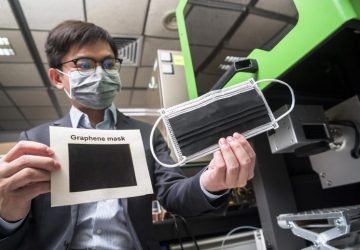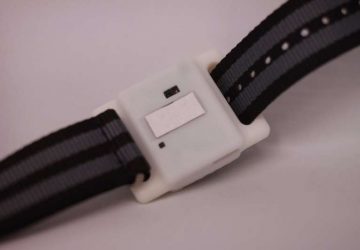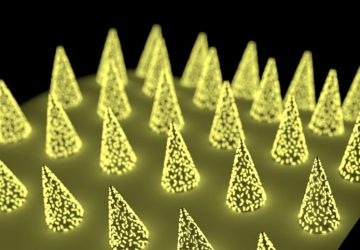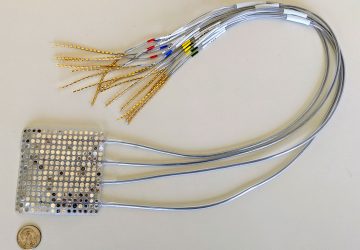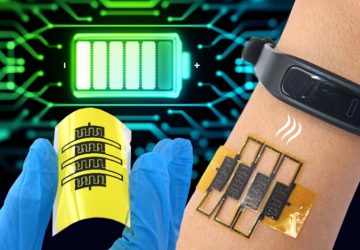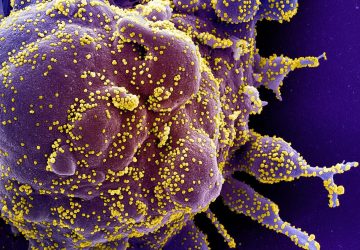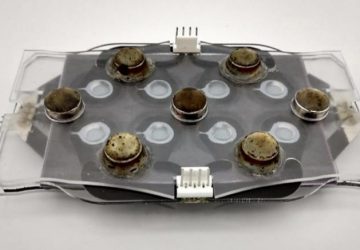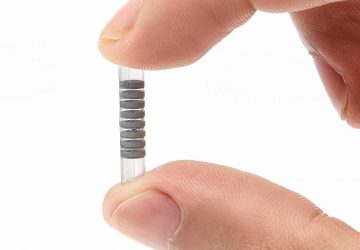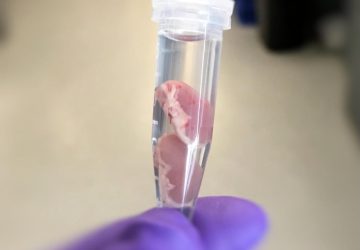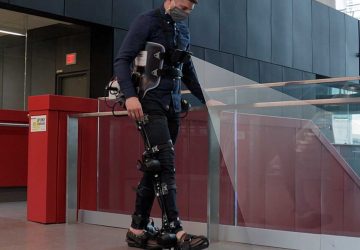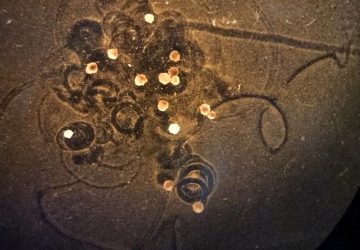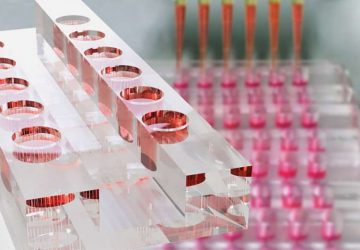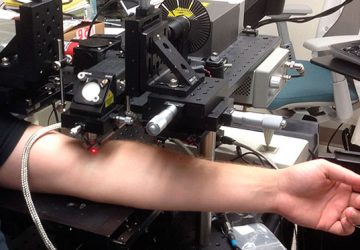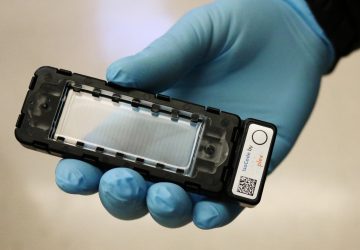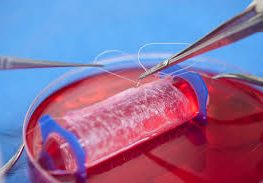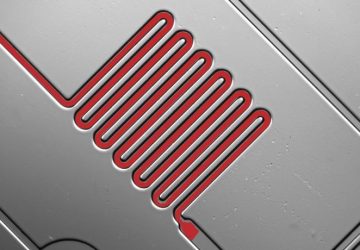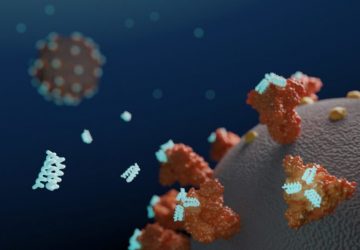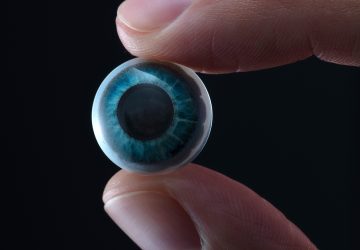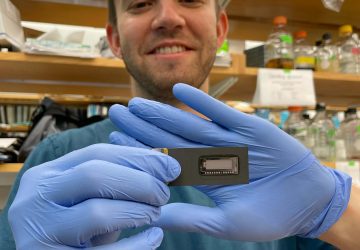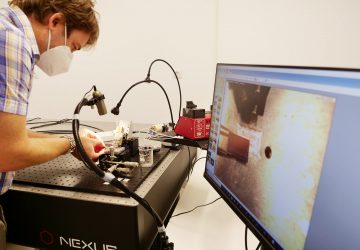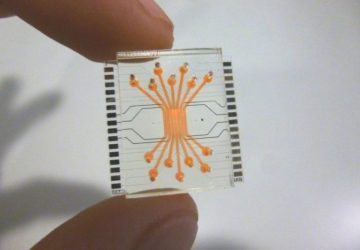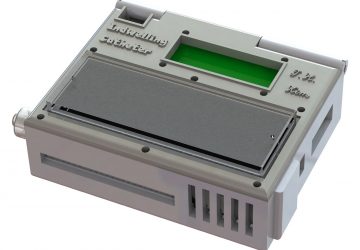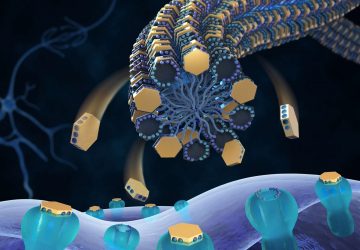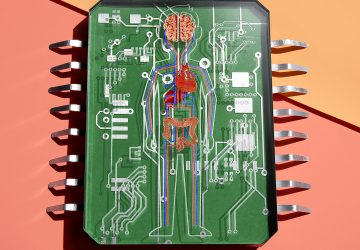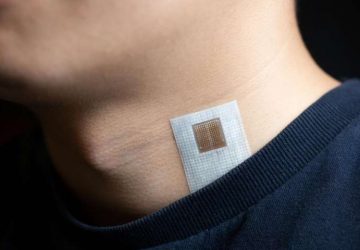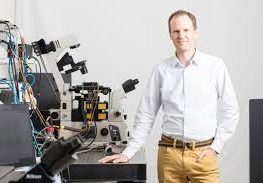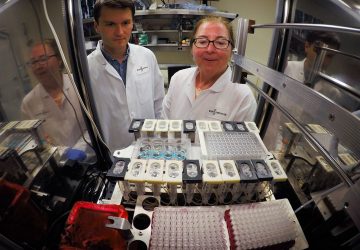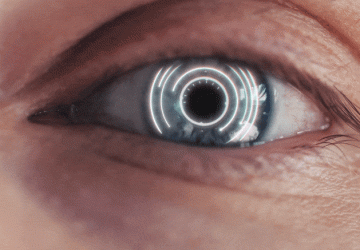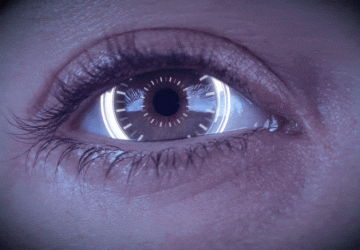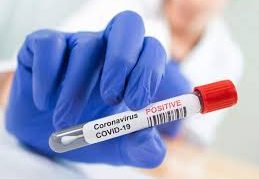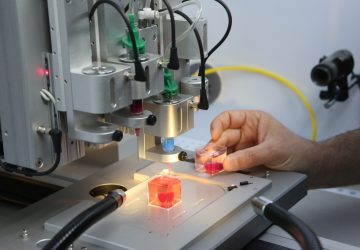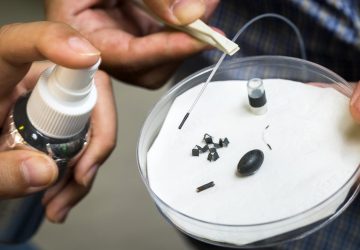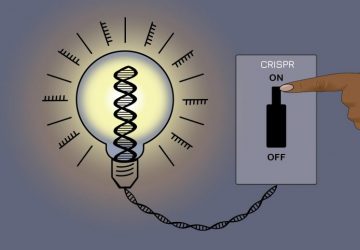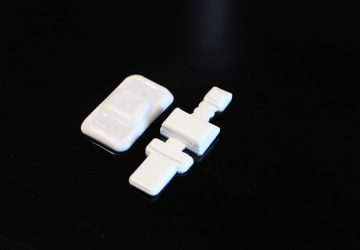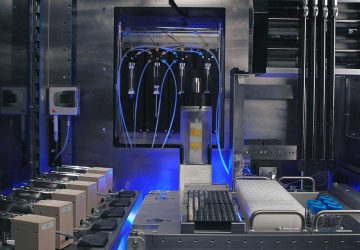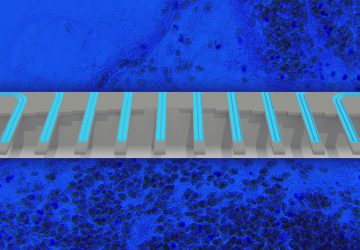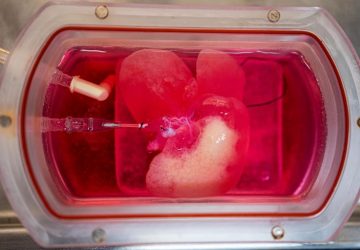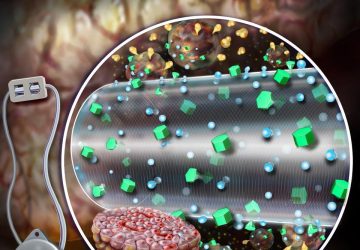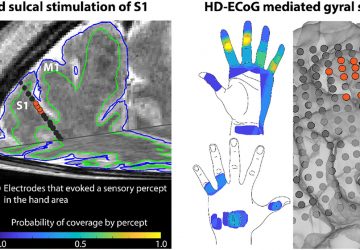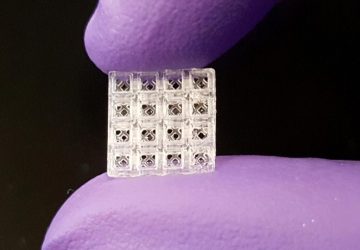
Left: normal rat disc. Right: engineered disc.
What’s the News: Researchers at Cornell University have now bio-engineered synthetic spinal discs and implanted them in rats. The implants provide as much spinal cushioning as authentic discs do, and improve with age by growing new cells and binding to nearby vertebrae, according to the study recently published in the journal PNAS. The research could someday help people with chronic lower back and neck pain from conditions like degenerative disc disease.
What’s the Context:
- In your spine, intervertebral discs provide cushioning between individual vertebrae. But when those discs start to tear or rupture from age or injuries, it can put you in a lot of pain, often requiring medications and physical therapy. In more extreme cases, surgeons sometimes remove the diseased disc(s) and fuse the remaining vertebrae together; this severely hampers back flexibility.
- In the past few years, surgeons have also started offering intervertebral disc arthroplasty, which involves replacing degenerated discs with metal or plastic replicas. This procedure has an inherent issue: the artificial discs wear down over time. Organic artificial discs may not have this issue.
- This idea of trading ailing body parts for lab-grown replacements is certainly not new. Recently, scientists and surgeons transplanted the world’s first synthetic organ, a trachea, which they created partly out of a man’s own stem cells.
How the Heck:
- In the current study, researchers led by biomedical engineer Lawrence Bonassar fashioned artificial, disc-shaped scaffolds out of collagen, and injected a gel called alginate into the centers. They added cells from sheep discs, and let the cells grow over the scaffolds. The researchers used sheep cells instead of rat cells because sheep discs are much larger, allowing the team to make many implants from a single set of discs and reduce variability in the study, Bonassar said in an email.
- The researchers implanted the bio-discs into the spines of immune-deficient rats, just under the tail. After six months, the scientists found that the implanted discs showed no signs of wear. Moreover, using MRI and CT scans, they saw that the cells from the implants had started growing into the rest of the rats’ spines, just as cells in a normal disc would.
Not So Fast:
- The concept is still a long way off from being used in humans. One challenge for human transplants will be finding a way to prevent the immune system from rejecting the new discs. But it remains to be seen how big of an issue this will be: since spinal discs don’t have blood vessels, it doesn’t have white blood cells to attack the foreign discs, making it less likely for the body to reject the transplants.
- Dr. Douglas Orr points out that rat tails don’t bear weight the same way that human spines do, leaving unanswered the question of whether the engineered discs will fulfill that need (via HealthDay).
The Future Holds: The researchers are working on making human-sized discs using human cells. Bonassar says that they may be able to make implants using cadaveric disc cells or adult stem cells from bone marrow.
source: www.blogs.discovermagazine.com

